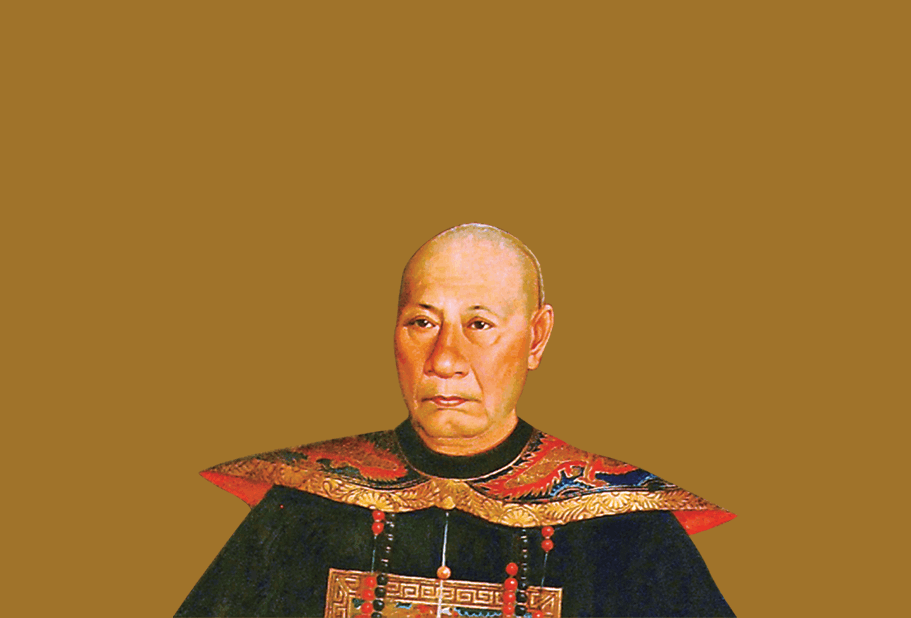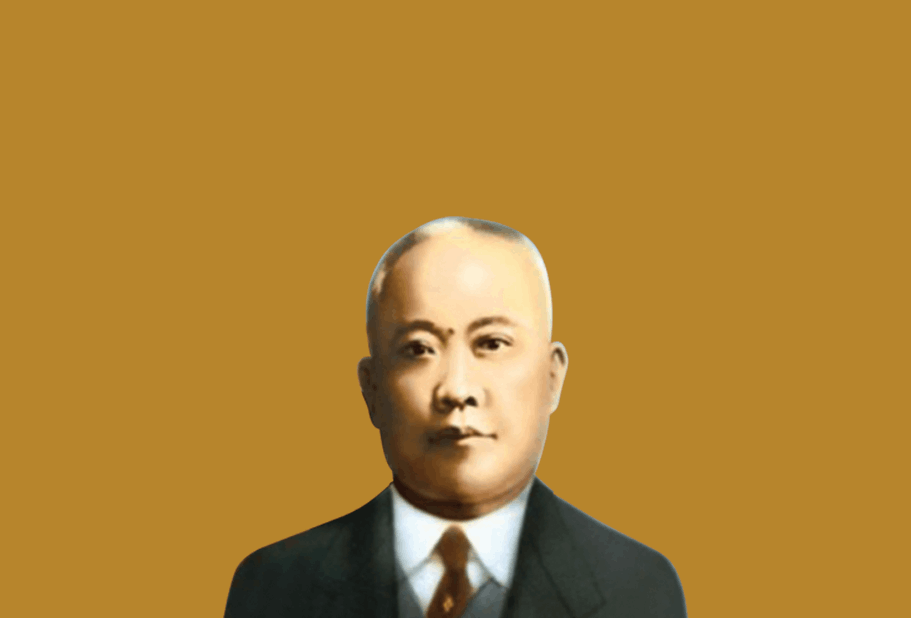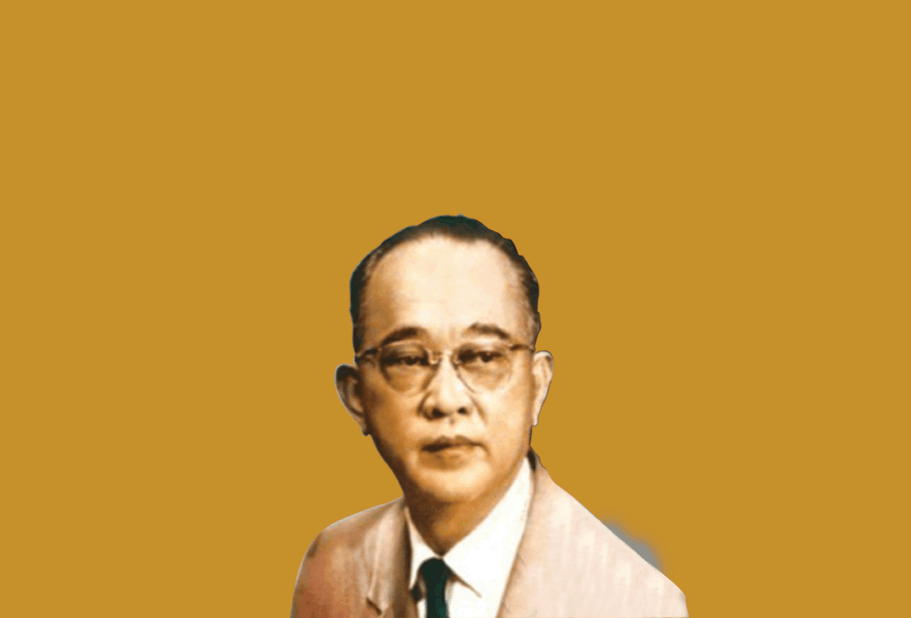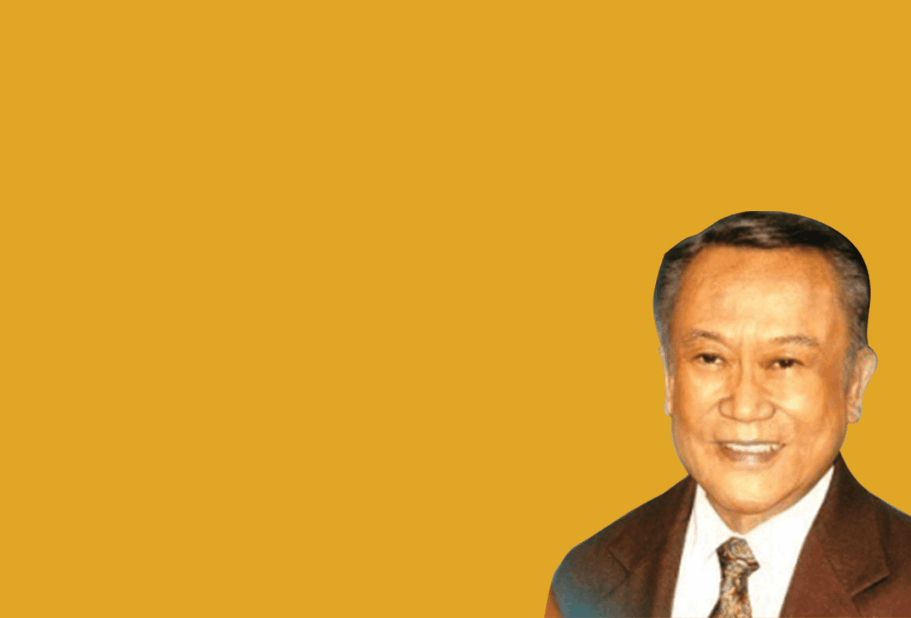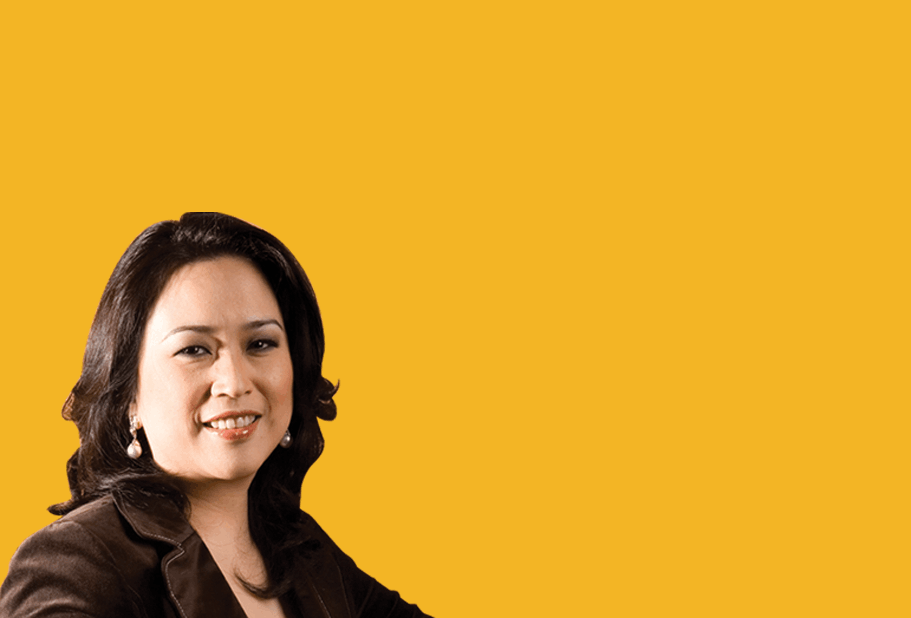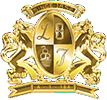Julius Limpe (1958)
Julius Limpe was sent to the United States in 1946 to study business management at the University of Indiana. In 1958, James relinquished his position of Chief Executive Officer to Julius. As he grew in the business, Julius Limpe learned the chemistry of liquor manufacturing and became like his father, a master blender of whiskies, gins, brandies, rums, vodkas and wines. Julius Limpe invented, developed and patented formulas and aging processes that are today, part of the closely guarded secrets of the corporation. On the other hand, the manager in him propelled Destileria Limtuaco to its present position of primacy in the liquor industry. The distillery has over 30 different products, which include local blends and foreign brands manufactured locally under license. It has three bottling, processing and aging plants, as well as many warehouses in Metro Manila, which constitute the largest stock of aging spirits in oak barrels in the liquor industry.

